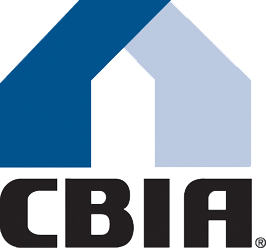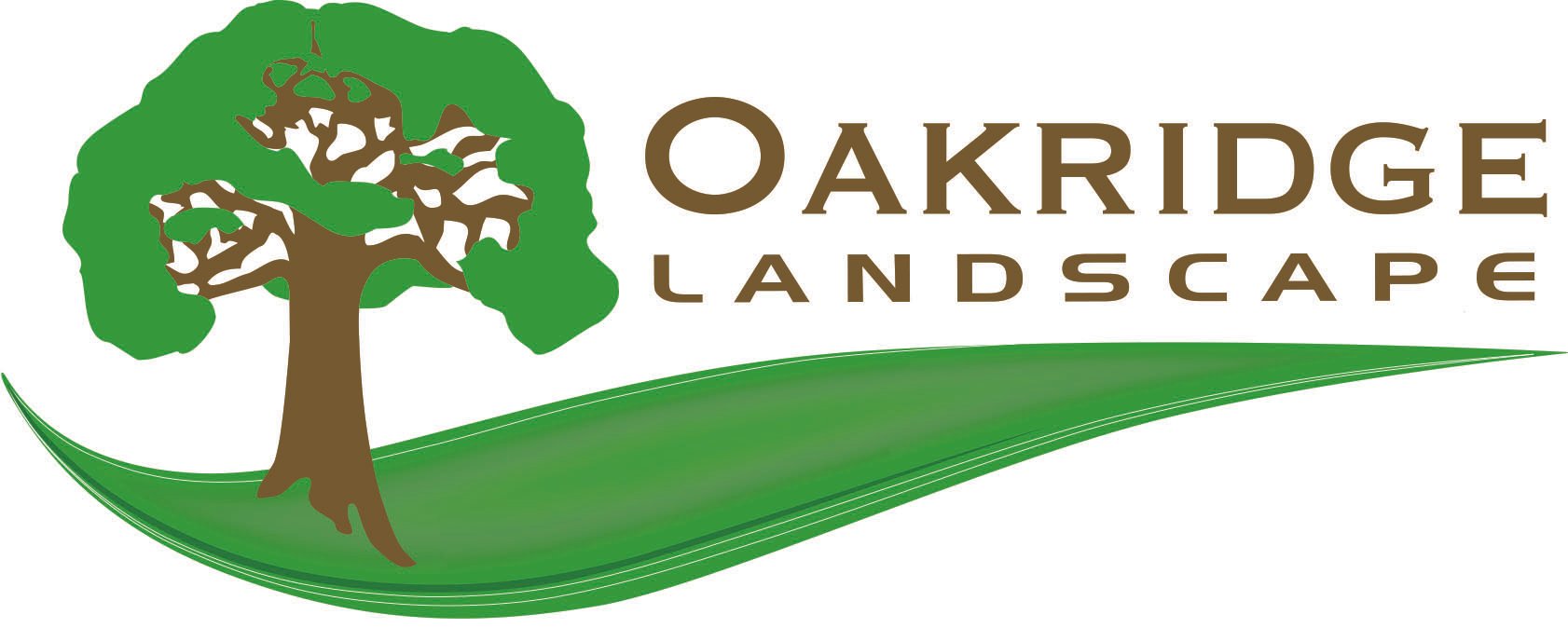By Ali Sahabi of Optimum Group, LLC
President, Building Industry Association (BIA) Baldy View Chapter
If you’ve been following the news recently, you’ve read that the National Weather Service’s climate forecasters are predicting early signs of a strong El Niño condition that could bring us more bouts of rain this autumn. While this is good news, it helps to remember that the United States Drought Monitor notes that much of Southern California still experiences drought conditions ranging from Abnormally Dry to Moderate Drought with some parts of our state still experiencing Severe Drought conditions along our southern border. So as we approach the major landscaping season of the year, homeowners, homebuyers and home sellers will be looking at this break in the weather to get their houses ready for sale or outdoor living.
Landscaping creates an environment that enhances both your comfort and the value of your home and if you are preparing a home for sale, remember that your lawn makes up a great deal of the visual appeal of the exterior of your home known as “curb appeal,” So even with the generous rainfall this winter, water conservation will continue to be one of the most important aspects of creating and maintaining landscaping that enhances your home’s curb appeal while protecting our most precious resource.
Lawns and gardens consume over half the water we use in Southern California, so keeping just the right amount of water on your lawn is the first step homeowners can take to keep their home’s water needs and the needs of the community in balance. The first thing to consider when landscaping your home is to consider xeriscaping – also known as “desertscaping” - which is landscaping and gardening that reduces or eliminates the need for supplemental water from irrigation. Check your local water district’s website for recommendations on both xeriscaping and other drought-resistant ground cover.
The next step in ensuring that your lawn is getting just the right amount of water is by visiting www.bewaterwise.com, an information site of the Metropolitan Water District and the family of Southern California water agencies to consult their Watering Index and Calculator posted on the site. During the summer, consider watering half as much as usual. Lawns will stay mainly green if they receive one half to three quarters of an inch of water per week. Watering once or twice a week to apply this amount of water should be sufficient.
Here are some additional lawn care strategies from the Agronomy and Horticulture Department at the University of Nebraska, Lincoln:
- Put off fertilizing until autumn: Over-fertilized and over-watered lawns don’t thrive under stress because the lawn hasn’t developed a deep root system. Heavily fertilized lawns also require more water, so home owners may want to wait until cooler weather to fertilize.
- Mow your lawn properly - A good rule of thumb for each mowing is to never remove more than one-third of the height of the grass. Mowing higher forces grass to develop deeper roots. Then, let clippings remain on the grass. Lawns tend to lose more water and nutrients through evaporation when you remove clippings.
- Aerate your lawn in the spring and again in the fall - Aeration creates small holes in the ground that allow water to soak deeper into the ground and promotes root growth.
- Maintain your lawn care equipment. Sharpen mower blades. Dull blades tear grass, forcing grass to use 40 percent to 60 percent more water while it struggles to recover from stress.
- Finally, water during hours when the sun is not full strength, such as in the early morning or at dusk. Irrigating during the day wastes water, because much of the water evaporates in the heat.
Making water conservation a top priority means you can have the best possible landscape while saving money and our state’s most precious resource. For more information on landscaping and conserving water, visit our www.biabuild.com website.

































